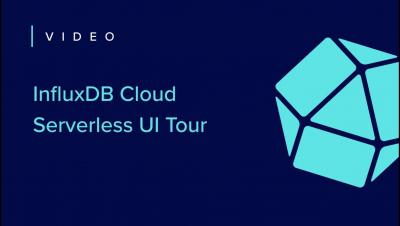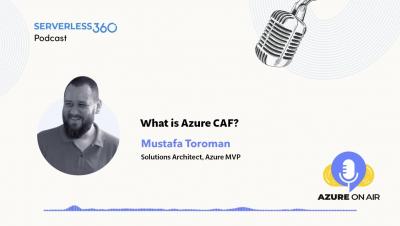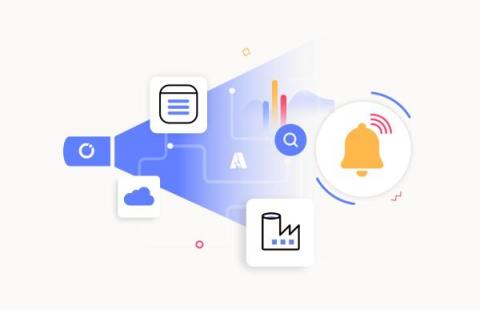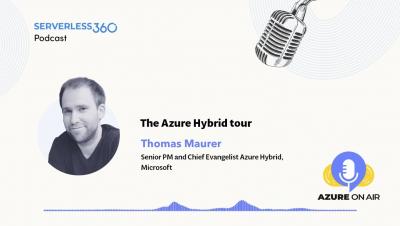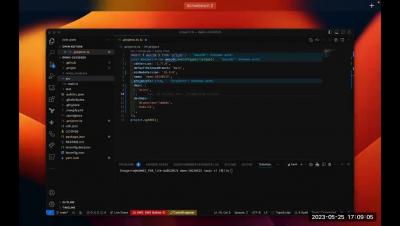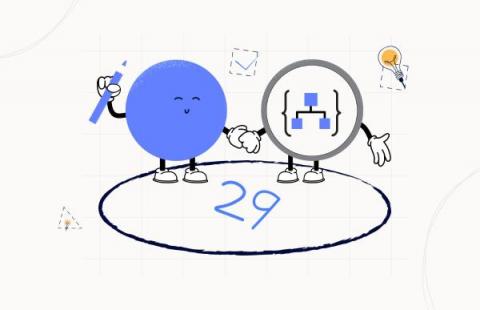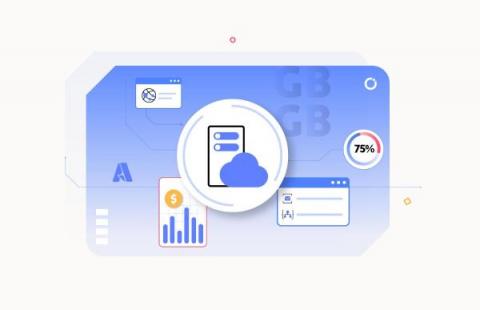Step Functions in the Real World
AWS Serverless Hero Yan Cui and Sandeep Kumar, Principal Solutions Architect at Antstack explore AWS Step Functions and how you can solve complex business problems with them. During the webinar, they discuss the different use cases for Step Functions and how to use them effectively. Make sure to subscribe so you don't miss out on any new livestreams and observability content! With one-click distributed tracing, Lumigo lets developers effortlessly find and fix issues in serverless and containerized environments.



